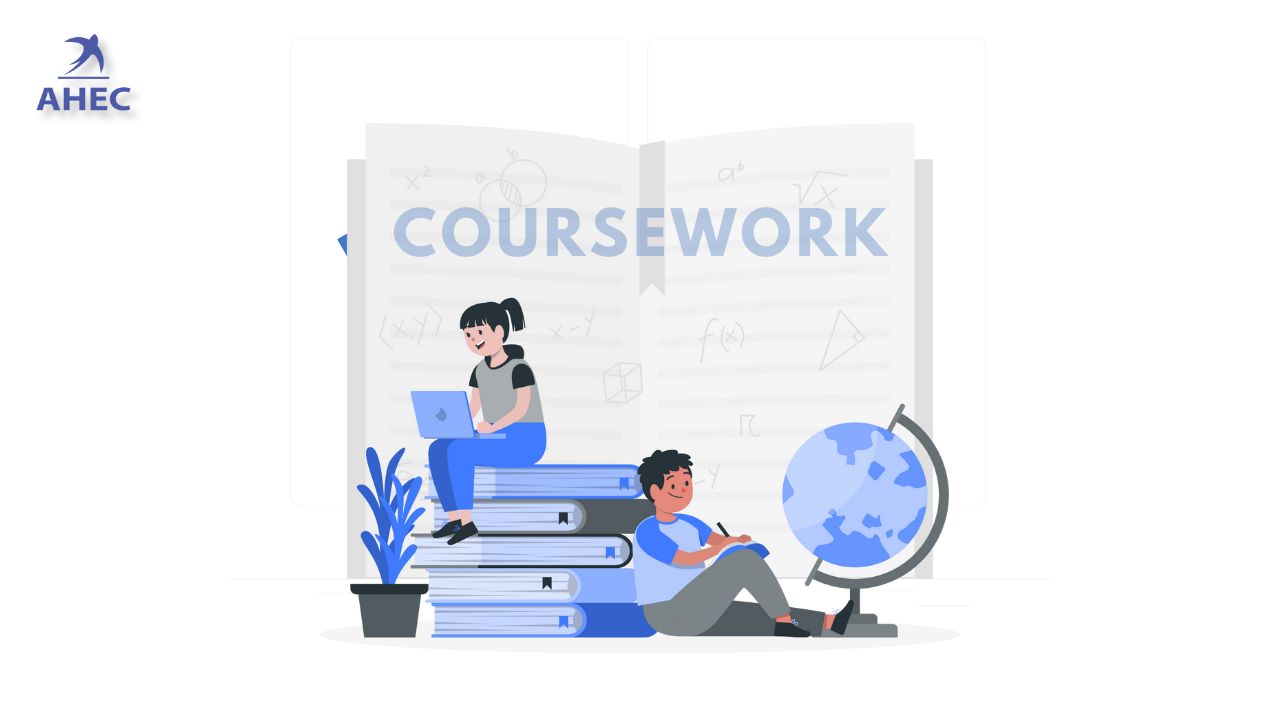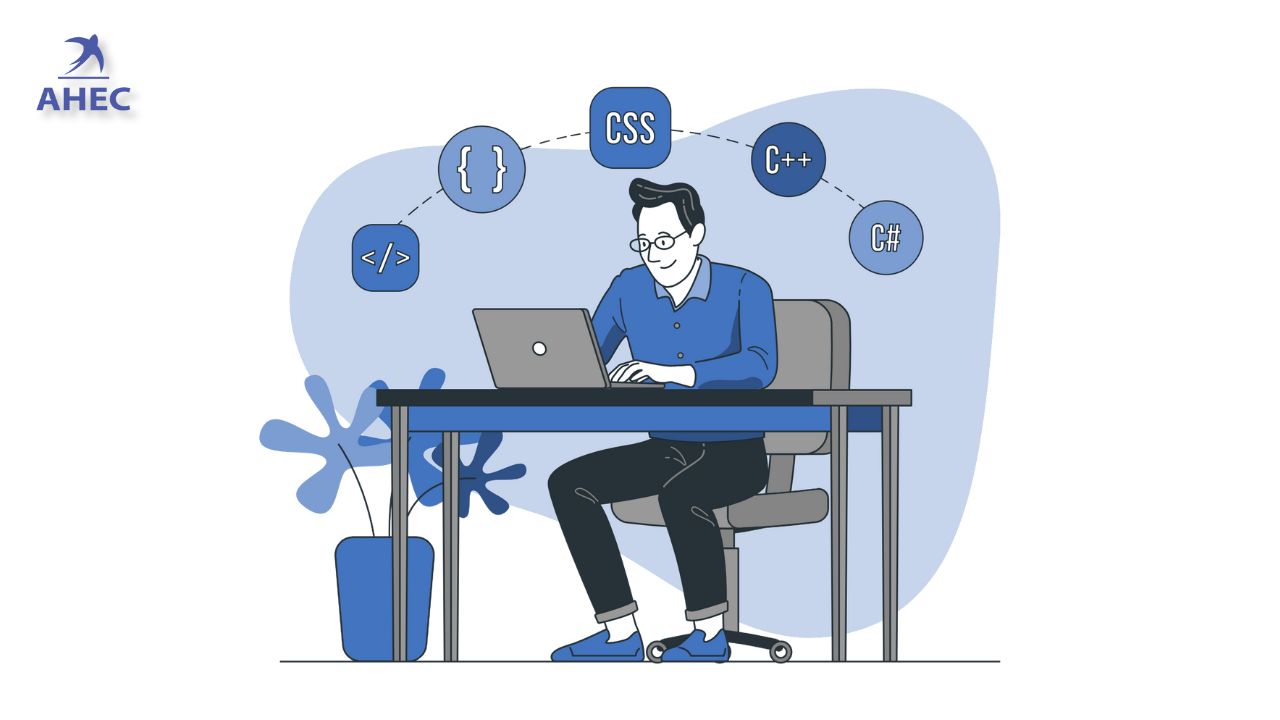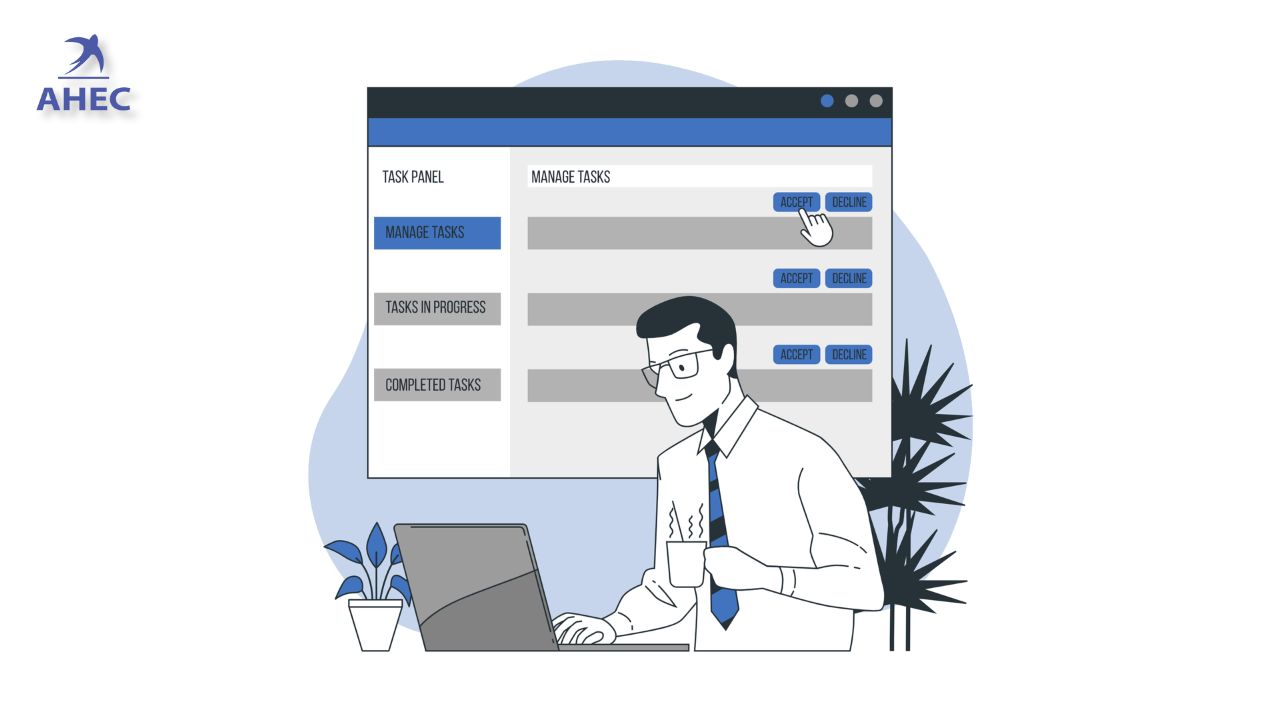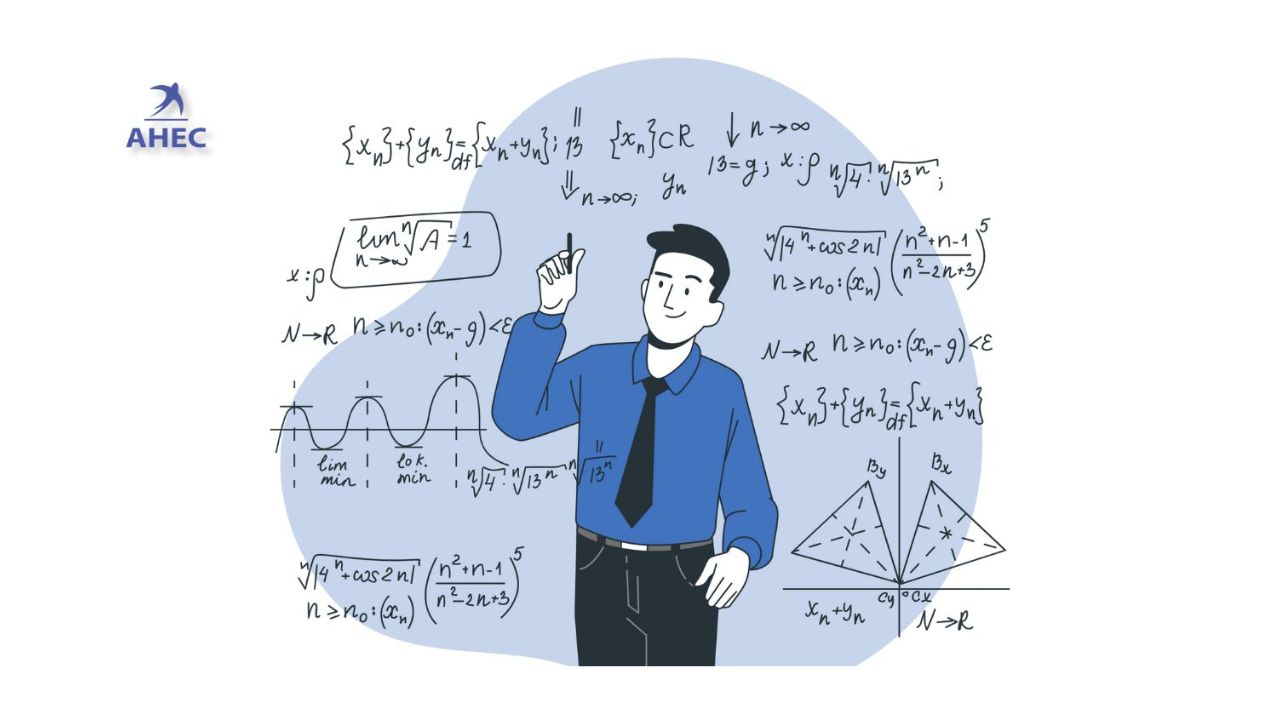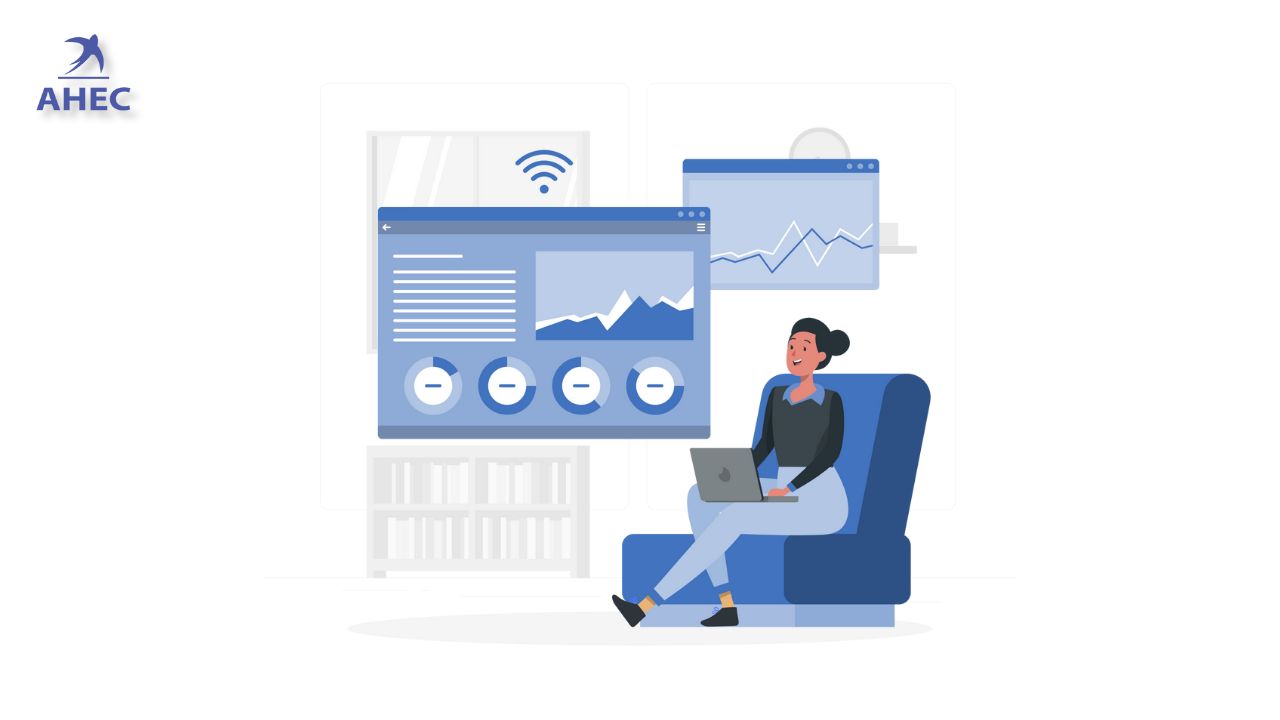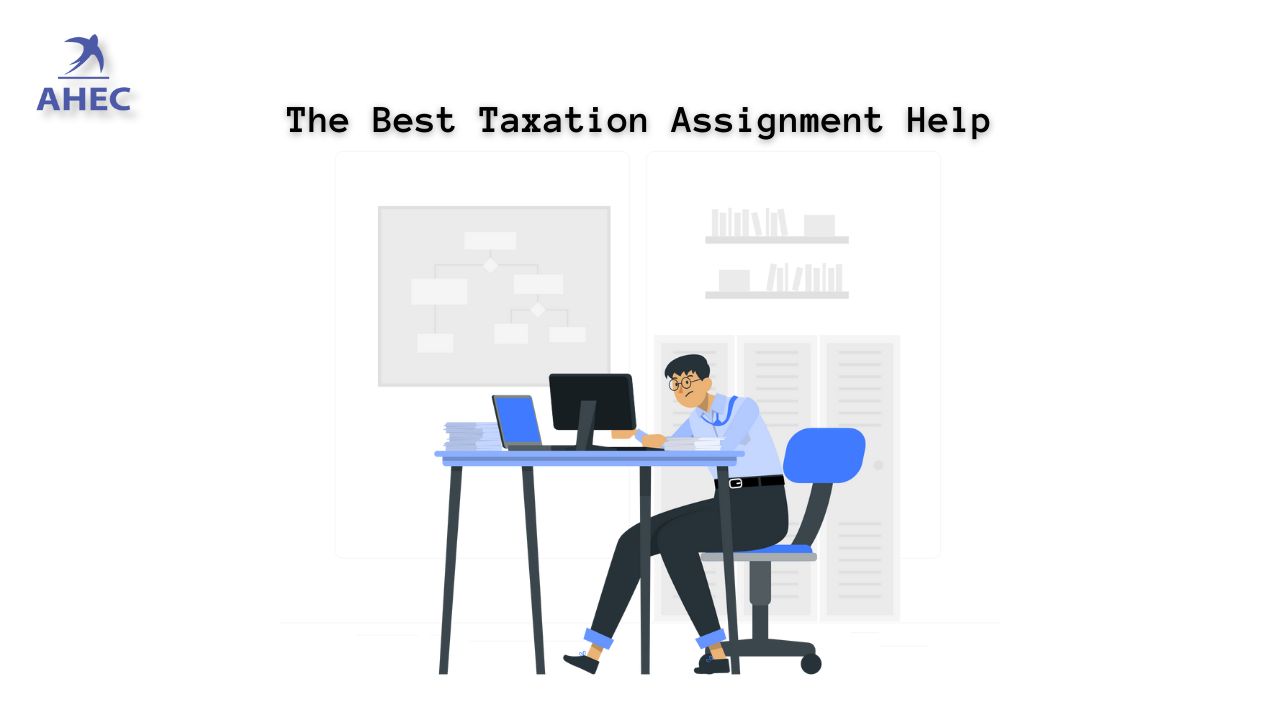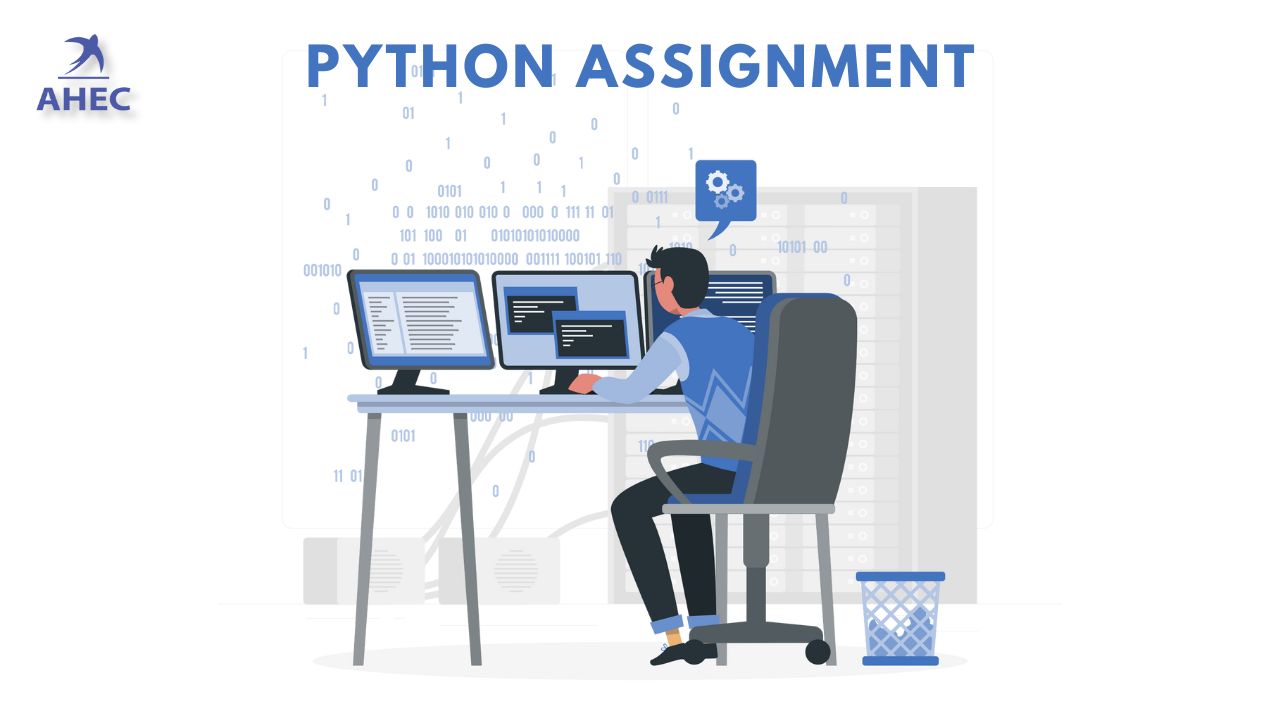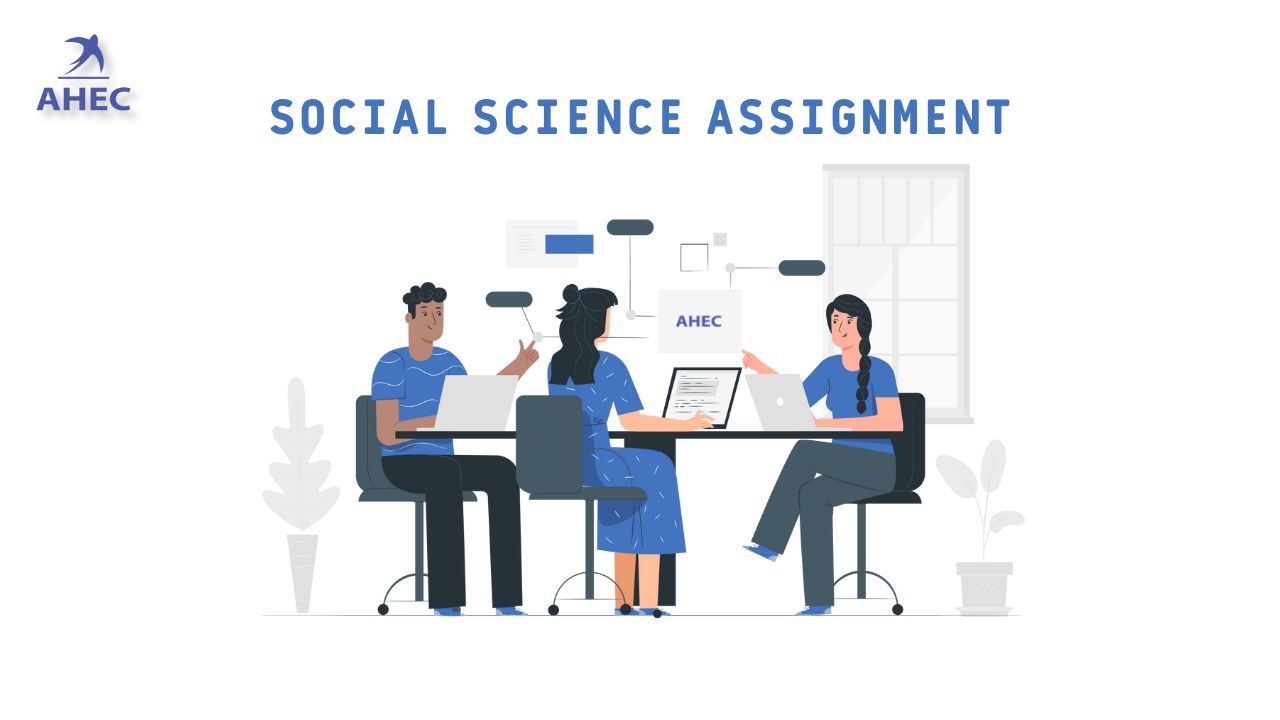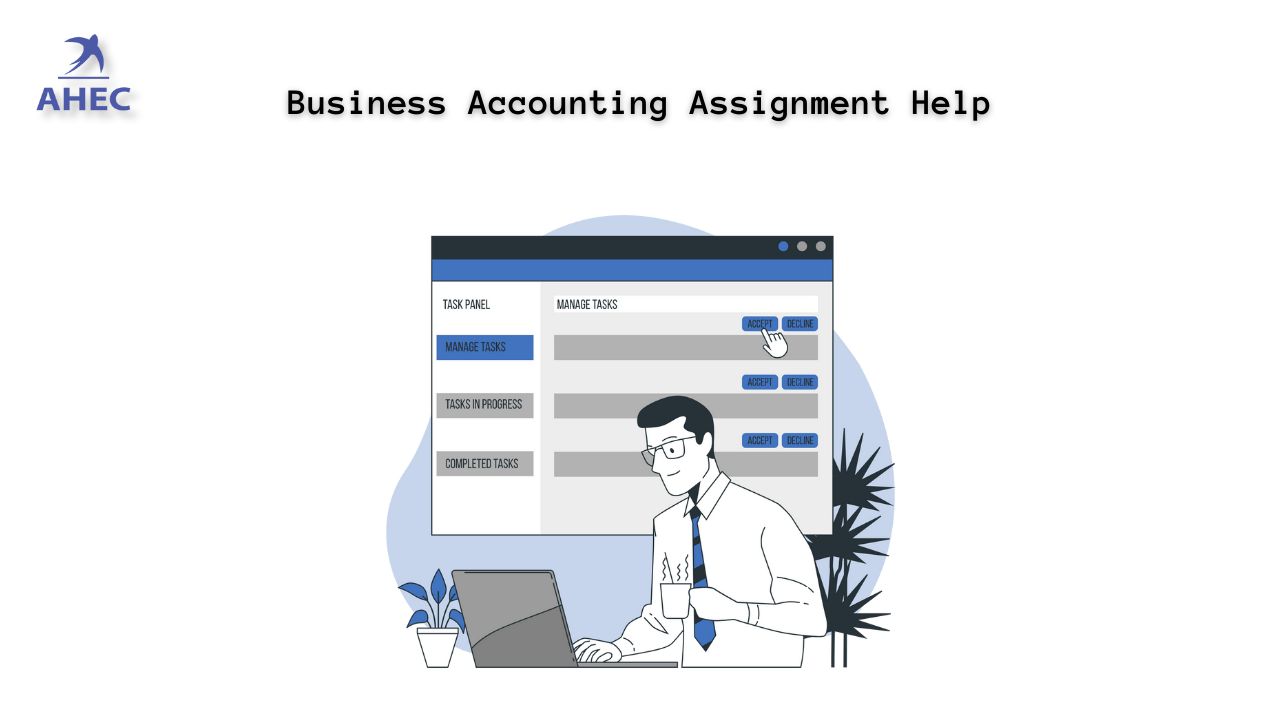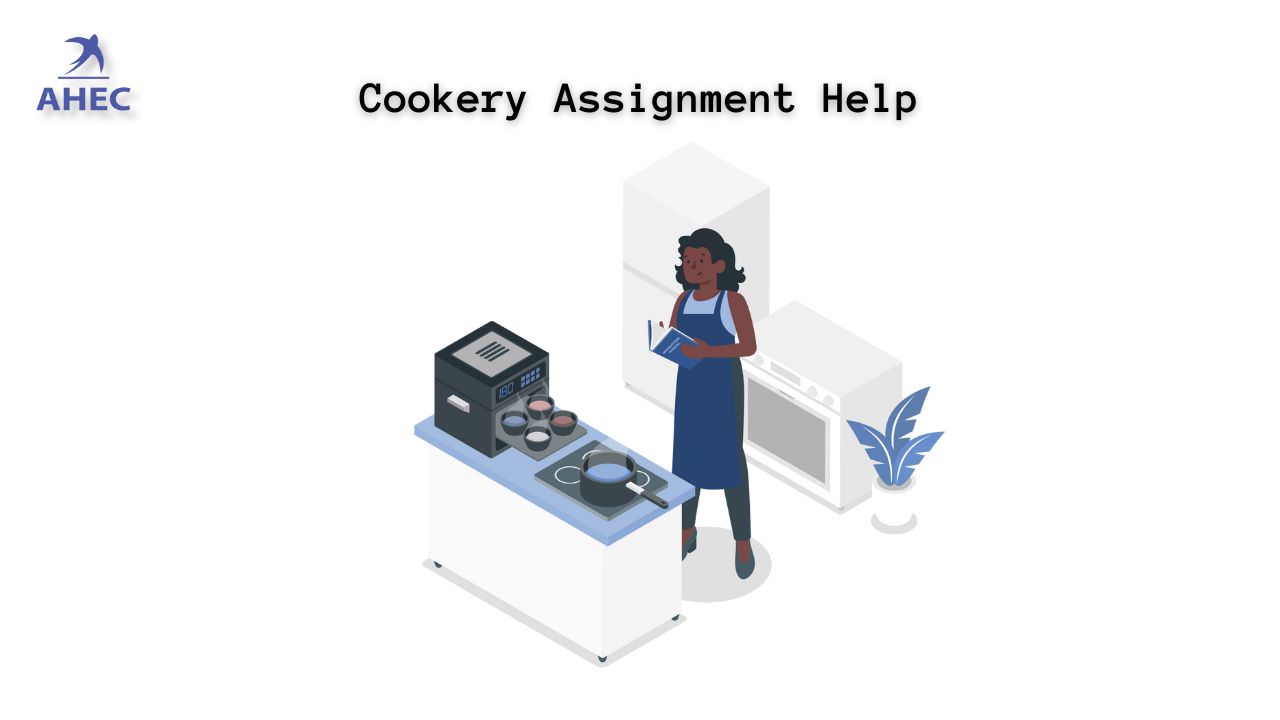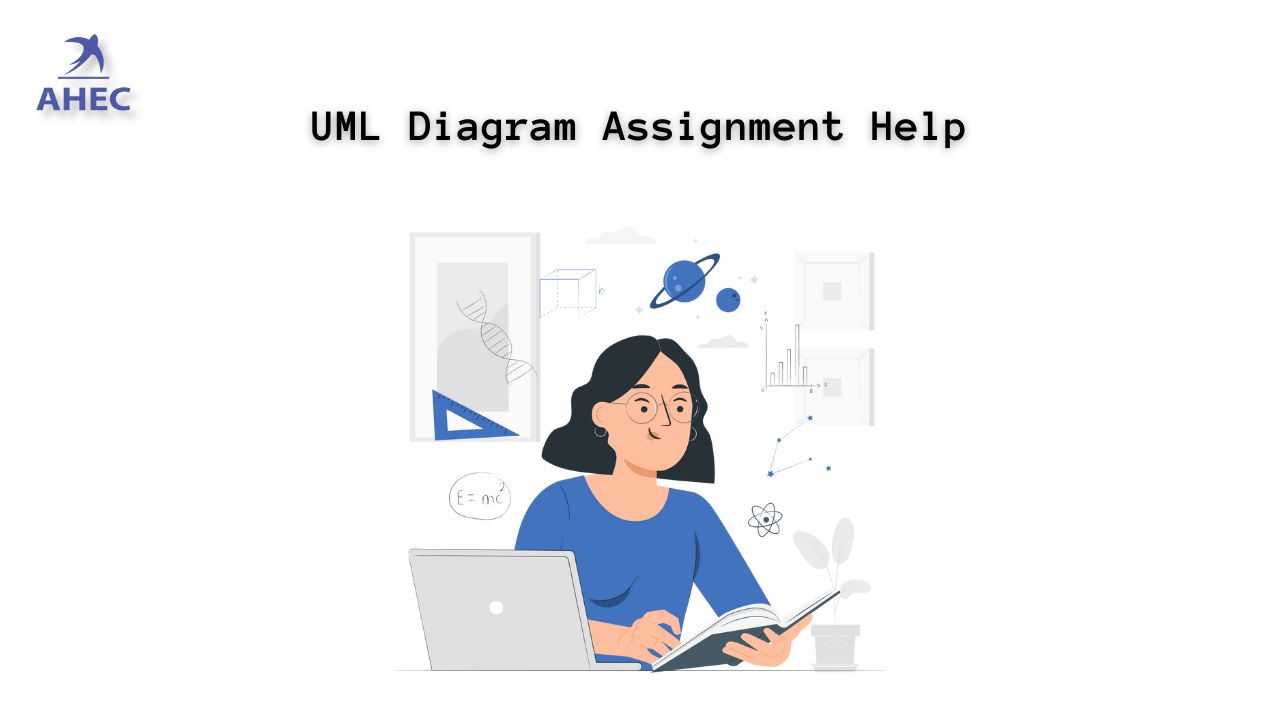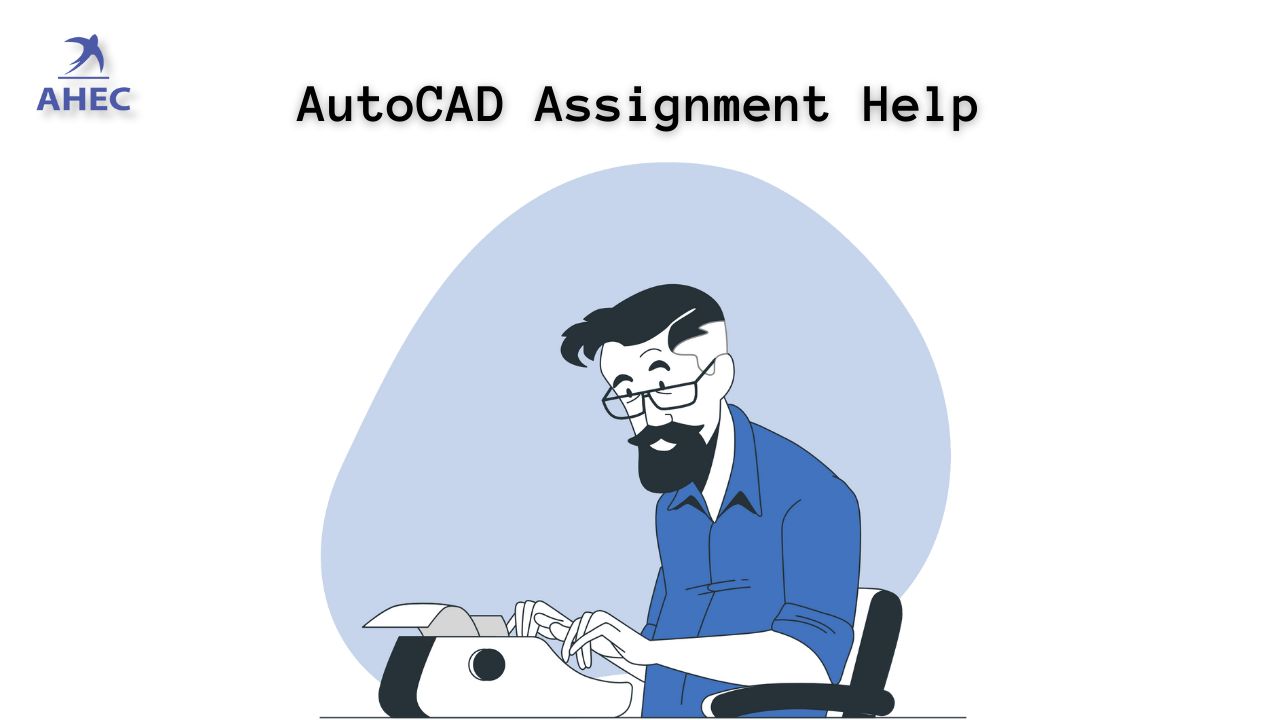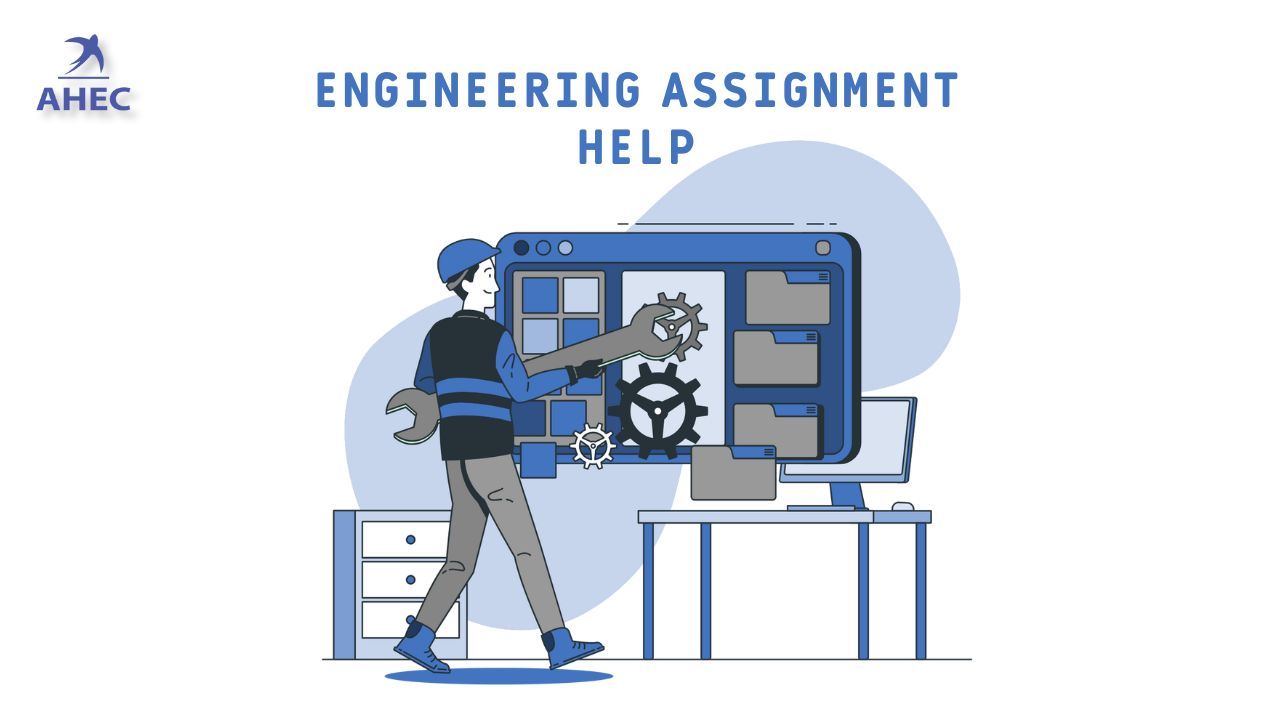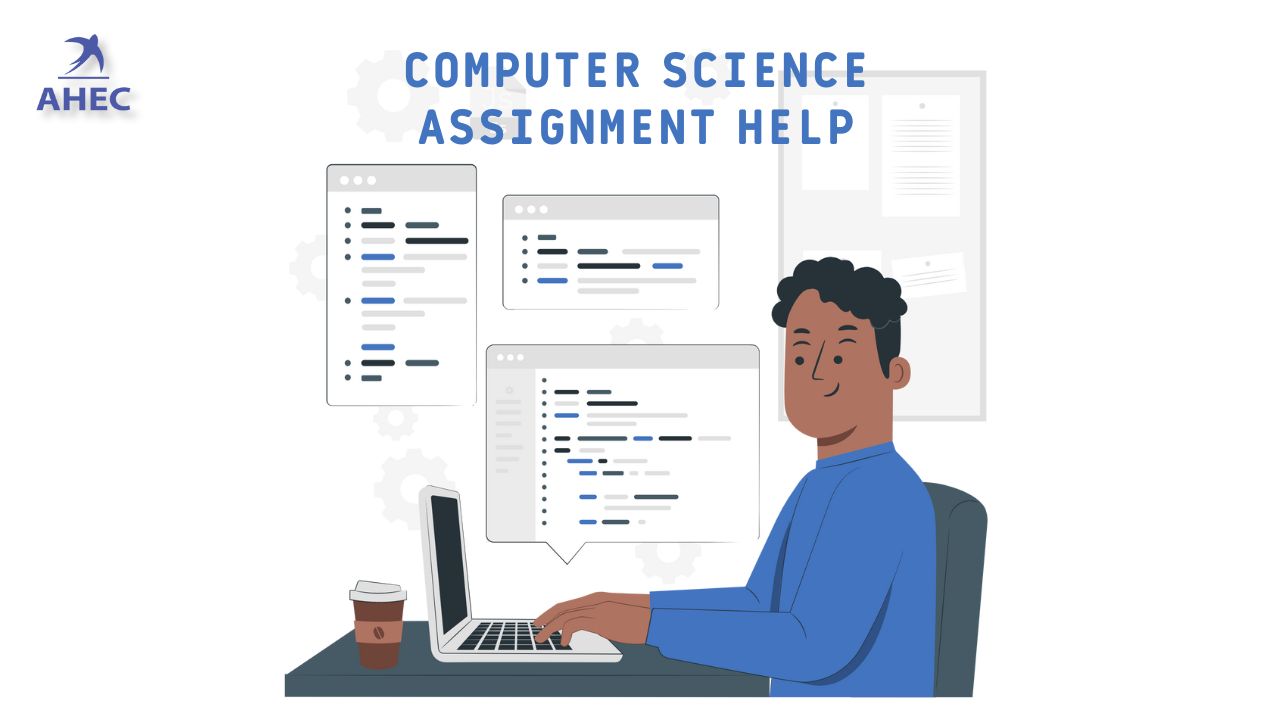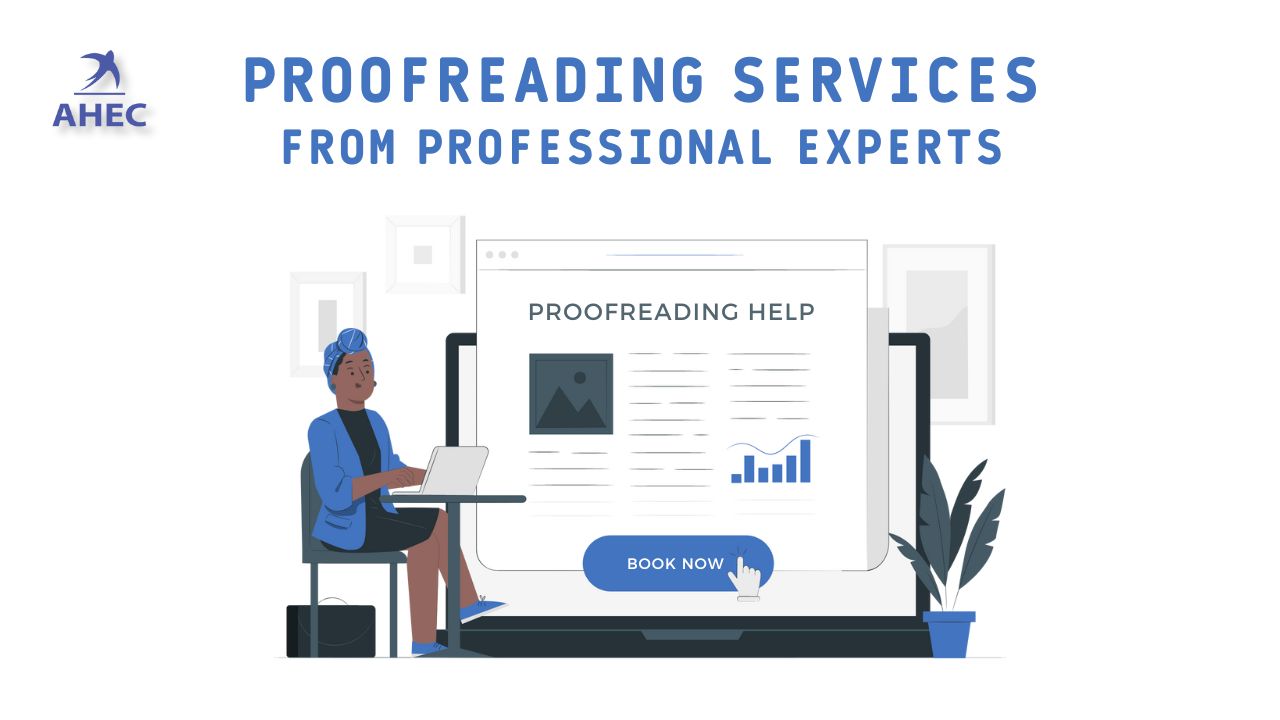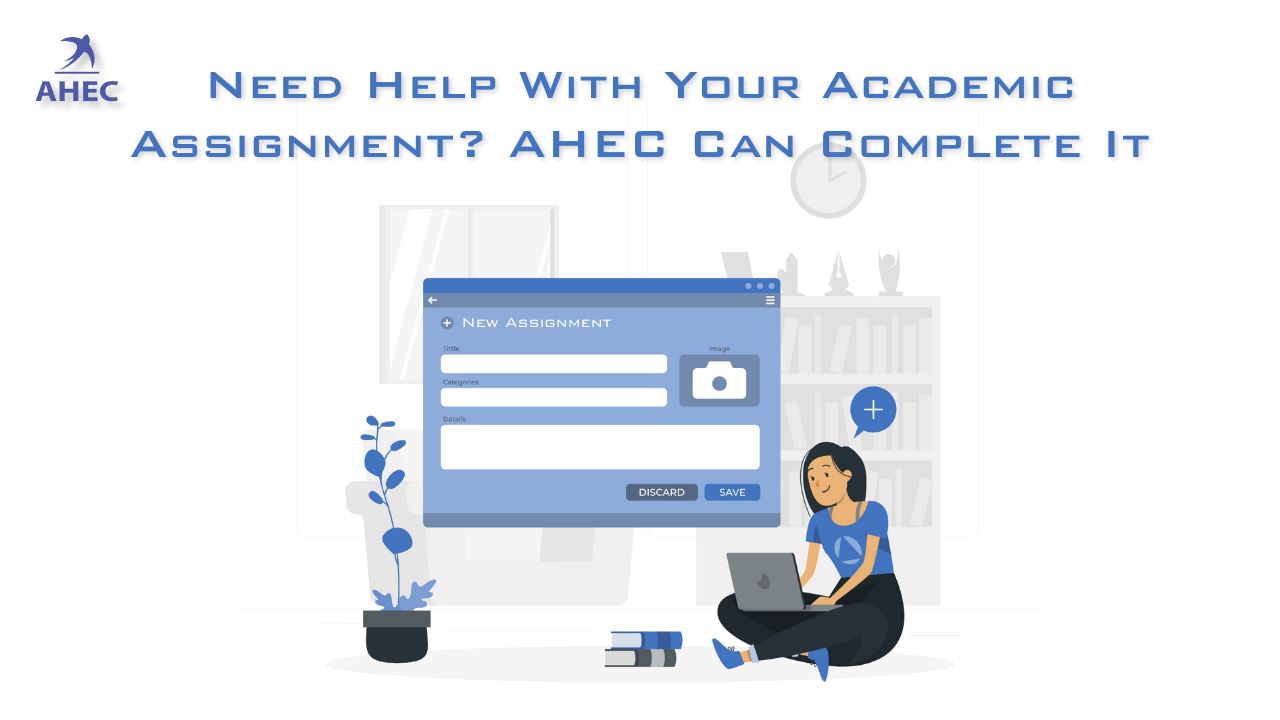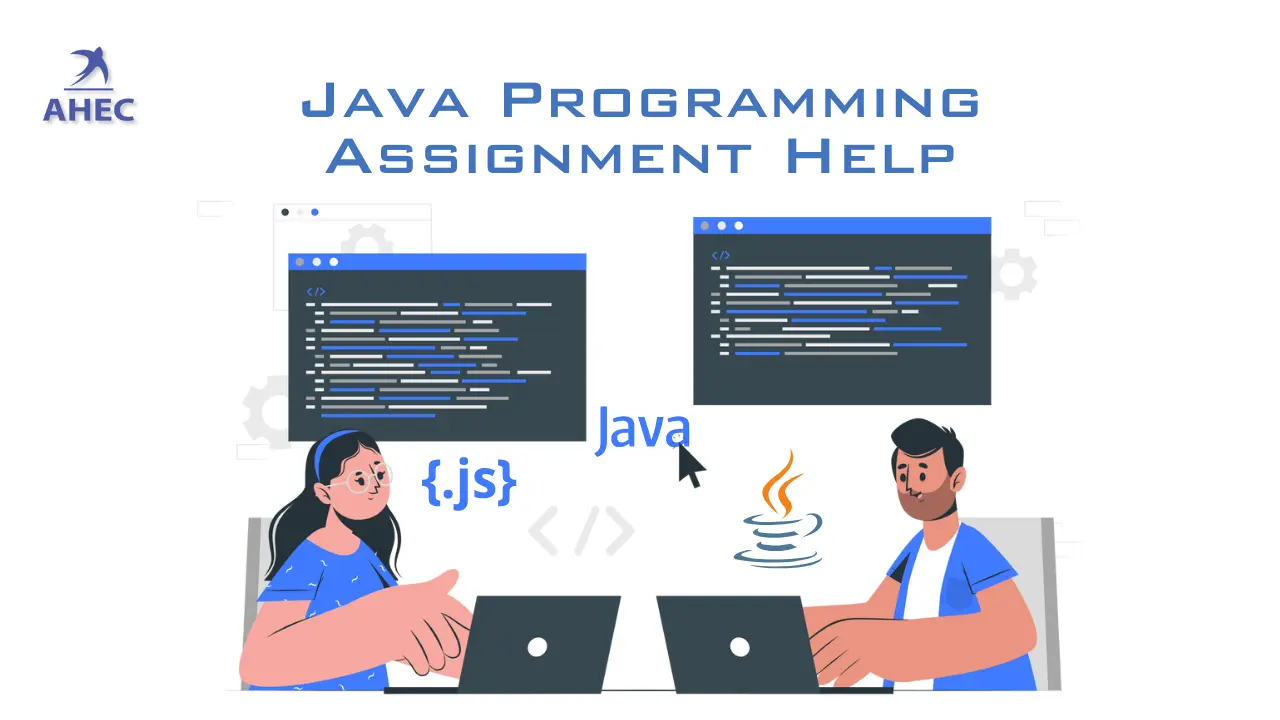The education system in Germany is mainly the control of the each of the German states (Lander) and The federal government playing only a smaller part. In Germany, the option of kindergarten (nursery school) education is offered to children aged between 1 to six years old, following which attendance at school becomes obligatory. In the overall picture, Germany is one of the most successful OECD nations in literacy levels for reading as well as mathematics and science, with an average score of 515 on the PISA Assessment Test, well over that of the OECD standard of 497 points.Germany is a more competitive system, which leads to lower instances of bullying and children with a lower fear of failing, but an elevated confidence in themselves and general happiness when compared with other OECD countries such as south Korea.Additionally, Germany has one of the highest proportions of the top performing students in reading among socioeconomically advantaged students, placing 3rd out of the 76 OECD countries. This results in Germany being among the most educated labour force in OECD countries.The Human Rights Measurement Initiative determines that Germany has achieved 75.4 percent of what is required to be achievable for the right to education, based on their income level.
The educational system is diverse across Germany due to the fact that every state (Land) determines its own policies regarding education. However, the majority of children start at the the Grundschule (primary which is also called elementary) for 4 years , from 6 to 9. The secondary education in Germany is split into two sections: both upper and lower. The lower-secondary level of schooling in Germany is intended to provide students basic education, and to prepare them to go on to higher secondary education. At the upper secondary level, Germany has a variety of vocational courses. German secondary education consists of five kinds of schools. It is intended to help students prepare for further education. It concludes with the final exam Abitur at the end of the 12th or 13th grade.
Between 2005 and 2018, an education reform called G8 offered the Abitur for 8 school years. It failed due to the high demands on the levels of learning for pupils and were replaced by G9 in the year 2019. There are a handful of Gymnasiums that remain following G8. G8 model. The majority of children attend Gymnasium between 10 to 18. The Realschule offers a wider range of classes for intermediate students and concludes with the final exam Mittlere Reife following grade 10. The Hauptschule prepares students for the vocational school and ends with the last exam, Hauptschulabschluss following grade 9, and the Realschulabschluss following grade 10. There are two kinds of grades 10 The higher grade, known as type 10b while the lower one is known as type 10a. Only the more advanced type 10b may be used to qualify for the Realschule and concludes with the final exam Mittlere Reife following grade 10b The statutory school regulations modified this new route for obtaining the Realschulabschluss at a secondary school with a vocational focus in 1981, with a one-year qualifying term. In the one-year period of qualifying of the new regulations new rules, students were able to continue in class 10 to finish the mandatory period of instruction. In 1981, the revised system was mandatory, as was explained in the previous paragraph.
The structure of secondary vocational education is designed to allow people to develop advanced skills to be able to work in a particular career. As per Clean Energy Wire, a news outlet that tracks the energy transition in Germany, "Most of Germany's highly-skilled workforce has through the dual vocational education and training (VET) system.. A large number of Germans take part in V.E.T. programs. They are associated with around 430,000 businesses, and approximately 80 percent of them employ individuals who are part of these apprenticeship programs in order to obtain an all-time job.This training system is positive for young people as they get to be able to see the results of their work. The knowledge gained from these programs are transferable and when a business commits to an employee of any of the schools for vocational training, they are making an obligation to one another. Germany's V.E.T. programs show that a college education is not needed to get an effective job, and that training people to be able to do specific jobs can be effective as well.Other than that it is possible to get the Gesamtschule which is a combination of all three of the schools: Hauptschule, Realschule and Gymnasium. There are as well Forder or Sonderschulen schools that cater to students with special requirements. One in 21 pupils attends a Forderschule.Nevertheless, the Forder- or Sonderschulen can also lead, in special circumstances, to a Hauptschulabschluss of both type 10a or type 10b, the latter of which is the Realschulabschluss. Amount of additionalcurricular activities is decided by each school, and it varies in a significant way. In the wake of the school reforms of 2015, the German government is trying to force more students into schools that are not in the same this is called Inklusion.
A majority of Germany's 100 or so higher education offer low or no tuition according to international comparison.Students generally have to prove by exams that they're competent.
In order to be admitted to universities, students are typically must pass the Abitur exam; however, since 2009, however students who have Meisterbrief (master craftsman's certificate) can also be eligible to apply.Those who want to attend an applied sciences university (Fachhochschule) are required to generally be able to prove they have Abitur, Fachhochschulreife, or Meisterbrief. In the absence of these qualifications students are able to attend an institution of higher education or a university of applied science if they can prove that they are in a position to keep pace with their fellow students by taking the Begabtenprufung and Hochbegabtenstudium (which is a test that proves superiority and above average intellectual capacity).
History
Prussian
In the past, Lutheranism had a strong influence on German culture, particularly its educational system. Martin Luther advocated compulsory schooling to ensure that everyone were able to independently comprehend and read the Bible. This idea was later adopted as an ideal model for schools across Germany. German public schools usually provide religious education by the churches , in conjunction with the state from the beginning.
The Kingdom of Prussia was one of the first nations in the world to implement free and generally mandatory elementary education, which included an eight-year programme called Volksschule. It offered not just the essential skills required for the first industrialized times (reading writing, reading and math) but also a rigorous instruction in ethics, duty discipline, and respect for authority. Children with wealthy parents frequently attended pre-schools in private private school for the next four years, however the majority of people had none access to second grade education or universities.
In 1810 during the Napoleonic Wars, Prussia introduced the requirement for state certification of teachers which substantially raised the quality of education. The final test, Abitur, was introduced in 1788 and was implemented in the majority of Prussian secondary schools in 1812 before being expanded to the entirety of Germany in 1871. The state also created schools for teacher training to prepare teachers of the elementary or common grades.
German Empire
After the German Empire was created in 1871, the education system was reorganized. It was in 1872 that Prussia established the very first female-only secondary school. Because the learned professions required highly educated young individuals, additional secondary schools were built and the state was granted the sole power to establish standards and supervise the newly-established schools.
Different types of secondary schools have been developed:
- A classical Gymnasium for nine years (including the study of Latin as well as Classical Greek or Hebrew, and the study of one contemporary language);
- An eight-year Realgymnasium (focusing specifically on Latin Modern sciences, languages and mathematics);
- The six-year Realschule (without the university entry requirement however, with the possibility of becoming a student in any of the contemporary technological, office or industrial positions) Also
- Nine-year Oberrealschule (focusing upon modern math, science, and languages).
At the beginning of the 20th century the four kinds of schools been granted equal rank and status, even though they didn't have the same status.
Weimar Republic
In 1919 in 1919, the Weimar Republic established a free universal, four-year primary schools (Grundschule). The majority of students stayed at the schools for a second four-year program. Students who could pay a small amount were able to attend the Mittelschule which provided the same curriculum but with more difficulty for another two years or so. After passing a tough entrance test after the fourth year, students can enroll in one of four secondary schools.
Nazi Germany
In the Nazi period (1933-1945) although the curriculum was altered to conform to the beliefs of the regime, the fundamental structure of the educational system did not change.
East Germany
It was the German Democratic Republic (East Germany) began its own system of education that was standardized in the early 1960s. In the 1960s, the East German equivalent of both secondary and primary schools was known as the Polytechnic Secondary School (Polytechnische Oberschule) where students attended for a period of 10 years, between the age of 6 to 16 years old. When they reached the end of their decade, students had to pass an exam for exit was conducted. In the event of a positive result students could opt to leave school or take on an apprenticeship for a further two years, then an Abitur. If they performed exceptionally and exhibited loyalty to the party in power might be allowed to transfer to an Erweiterte Oberschule (extended high school) in order to complete their Abitur exams after 12 years of school. Even though this system was eliminated in the 1990s, shortly after the reunification process, it continues to have an impact on schools in eastern German states.
West Germany
Following World War II, the Allied powers (Soviet Union, France, United Kingdom along with The U.S.) ensured that Nazi ideology was removed from the syllabus. They established the educational system within their respective zones of occupation which reflected their individual ideas. After West Germany gained partial independence in 1949, the new constitution (Grundgesetz) granted autonomy in education to state (Lander) government. This resulted in wildly different schools, which often made it difficult for students to attend school while changing states.
Multi-state agreements guarantee that the basic standards are met in every state's school system. Therefore, all children are obliged to attend one kind or school (five and six times per week) starting at 6 until the age of 16. The pupil can change schools in case of extraordinary good (or extremely poor) capability. Certificates of graduation from one state can be accepted by all other states. Teachers with a valid license can apply for positions in any state.
Federal Republic of Germany
Since the early 1990s, some modifications have taken into many schools:
- The introduction into bilingual educational programs in certain disciplines
- Experimentation with different methods of teaching
- All schools should be equipped using computers, as well as Internet access
- Local school philosophy creation and goals for teaching (Schulprogramm) to be regularly evaluated
- The reduction of the school year for Gymnasium (Abitur after the 12th grade) and introduction of after-school hours as is the case in other countries in the west (turned back in the year 2019)
In 2000, after a lot of public debate over Germany's low ranking on the international Programme for International Student Assessment (PISA) There is a shift towards a less ideological debate about how to improve schools. Several of the new trends include these:
- The establishment of federal standards for the quality of instructio
- A more practical orientation to teacher training
- Transfer of some of the responsibility of some responsibility Ministry of Education to local school
Additional results:
- In the present, bilingual education is mandatory English classes in the Grundschule.
- The act on education (Bildungspakt) for 2019 was designed to boost the internet usage and computers in schools.
Education in Germany
The education system in Germany is mainly the control of the each of the German states (Lander) and The federal government playing only a smaller part. In Germany, the option of kindergarten (nursery school) education is offered to children aged between 1 to six years old, following which attendance at school becomes obligatory. In the overall picture, Germany is one of the most successful OECD nations in literacy levels for reading as well as mathematics and science, with an average score of 515 on the PISA Assessment Test, well over that of the OECD standard of 497 points.Germany is a more competitive system, which leads to lower instances of bullying and children with a lower fear of failing, but an elevated confidence in themselves and general happiness when compared with other OECD countries such as south Korea.Additionally, Germany has one of the highest proportions of the top performing students in reading among socioeconomically advantaged students, placing 3rd out of the 76 OECD countries. This results in Germany being among the most educated labour force in OECD countries.The Human Rights Measurement Initiative determines that Germany has achieved 75.4 percent of what is required to be achievable for the right to education, based on their income level.
The educational system is diverse across Germany due to the fact that every state (Land) determines its own policies regarding education. However, the majority of children start at the the Grundschule (primary which is also called elementary) for 4 years , from 6 to 9. The secondary education in Germany is split into two sections: both upper and lower. The lower-secondary level of schooling in Germany is intended to provide students basic education, and to prepare them to go on to higher secondary education. At the upper secondary level, Germany has a variety of vocational courses. German secondary education consists of five kinds of schools. It is intended to help students prepare for further education. It concludes with the final exam Abitur at the end of the 12th or 13th grade.
Between 2005 and 2018, an education reform called G8 offered the Abitur for 8 school years. It failed due to the high demands on the levels of learning for pupils and were replaced by G9 in the year 2019. There are a handful of Gymnasiums that remain following G8. G8 model. The majority of children attend Gymnasium between 10 to 18. The Realschule offers a wider range of classes for intermediate students and concludes with the final exam Mittlere Reife following grade 10. The Hauptschule prepares students for the vocational school and ends with the last exam, Hauptschulabschluss following grade 9, and the Realschulabschluss following grade 10. There are two kinds of grades 10 The higher grade, known as type 10b while the lower one is known as type 10a. Only the more advanced type 10b may be used to qualify for the Realschule and concludes with the final exam Mittlere Reife following grade 10b The statutory school regulations modified this new route for obtaining the Realschulabschluss at a secondary school with a vocational focus in 1981, with a one-year qualifying term.. In the one-year period of qualifying of the new regulations new rules, students were able to continue in class 10 to finish the mandatory period of instruction. In 1981, the revised system was mandatory, as was explained in the previous paragraph.
The structure of secondary vocational education is designed to allow people to develop advanced skills to be able to work in a particular career. As per Clean Energy Wire, a news outlet that tracks the energy transition in Germany, "Most of Germany's highly-skilled workforce has gone through the dual system of vocational education and training (VET)". A large number of Germans take part in V.E.T. programs. They are associated with around 430,000 businesses, and approximately 80 percent of them employ individuals who are part of these apprenticeship programs in order to obtain an all-time job.This training system is positive for young people as they get to be able to see the results of their work. The knowledge gained from these programs are transferable and when a business commits to an employee of any of the schools for vocational training, they are making an obligation to one another. Germany's V.E.T. programs show that a college education is not needed to get an effective job, and that training people to be able to do specific jobs can be effective as well.Other than that it is possible to get the Gesamtschule which is a combination of all three of the schools: Hauptschule, Realschule and Gymnasium. There are as well Forder or Sonderschulen schools that cater to students with special requirements. One in 21 pupils attends a Forderschule.Nevertheless, the Forder- or Sonderschulen can also lead, in special circumstances, to a Hauptschulabschluss of both type 10a or type 10b, the latter of which is the Realschulabschluss. Amount of additionalcurricular activities is decided by each school, and it varies in a significant way. In the wake of the school reforms of 2015, the German government is trying to force more students into schools that are not in the same this is called Inklusion.
A majority of Germany's 100 or so higher education offer low or no tuition according to international comparison.Students generally have to prove by exams that they're competent.
In order to be admitted to universities, students are typically must pass the Abitur exam; however, since 2009, however students who have Meisterbrief (master craftsman's certificate) can also be eligible to apply.Those who want to attend an applied sciences university (Fachhochschule) are required to generally be able to prove they have Abitur, Fachhochschulreife, or Meisterbrief. In the absence of these qualifications students are able to attend an institution of higher education or a university of applied science if they can prove that they are in a position to keep pace with their fellow students by taking the Begabtenprufung and Hochbegabtenstudium (which is a test that proves superiority and above average intellectual capacity).
History
Prussian
In the past, Lutheranism had a strong influence on German culture, particularly its educational system. Martin Luther advocated compulsory schooling to ensure that everyone were able to independently comprehend and read the Bible. This idea was later adopted as an ideal model for schools across Germany. German public schools usually provide religious education by the churches , in conjunction with the state from the beginning.
The Kingdom of Prussia was one of the first nations in the world to establish free and generally mandatory primary education during the eight-year Volksschule programme in the 18th century. It offered not just the essential skills required for the first industrialized times (reading writing, reading and math) but also a rigorous instruction in ethics, duty discipline, and respect for authority. Children with wealthy parents frequently attended pre-schools in private private school for the next four years, however the majority of people had none access to second grade education or universities.
In 1810 during the Napoleonic Wars, Prussia introduced the requirement for state certification of teachers which substantially raised the quality of education. The final test, Abitur, was introduced in 1788 and was implemented in the majority of Prussian secondary schools in 1812 before being expanded to the entirety of Germany in 1871. The state also created schools for teacher training to prepare teachers of the elementary or common grades.
German Empire
After the German Empire was created in 1871, the education system was reorganized. It was in 1872 that Prussia established the very first female-only secondary school. Because the learned professions required highly educated young individuals, additional secondary schools were built and the state was granted the sole power to establish standards and supervise the newly-established schools.
Different types of secondary schools have been developed:
- A classical Gymnasium for nine years (including the study of Latin as well as Classical Greek or Hebrew, and the study of one contemporary language);
- An eight-year Realgymnasium (focusing specifically on Latin Modern sciences, languages and mathematics);
- The six-year Realschule (without the university entry requirement however, with the possibility of becoming a student in any of the contemporary technological, office or industrial positions) Also
- Nine-year Oberrealschule (focusing upon modern math, science, and languages).
At the beginning of the 20th century the four kinds of schools been granted equal rank and status, even though they didn't have the same status.
Weimar Republic
In 1919 in 1919, the Weimar Republic established a free universal, four-year primary schools (Grundschule). The majority of students stayed at the schools for a second four-year program. Students who could pay a small amount were able to attend the Mittelschule which provided the same curriculum but with more difficulty for another two years or so. After passing a tough entrance test after the fourth year, students can enroll in one of four secondary schools.
Nazi Germany
In the Nazi period (1933-1945) although the curriculum was altered to conform to the beliefs of the regime, the fundamental structure of the educational system did not change.
East Germany
It was the German Democratic Republic (East Germany) began its own system of education that was standardized in the early 1960s. In the 1960s, the East German equivalent of both secondary and primary schools was known as the Polytechnic Secondary School (Polytechnische Oberschule) where students attended for a period of 10 years, between the age of 6 to 16 years old. When they reached the end of their decade, students had to pass an exam for exit was conducted. In the event of a positive result students could opt to leave school or take on an apprenticeship for a further two years, then an Abitur. If they performed exceptionally and exhibited loyalty to the party in power might be allowed to transfer to an Erweiterte Oberschule (extended high school) in order to complete their Abitur exams after 12 years of school. Even though this system was eliminated in the 1990s, shortly after the reunification process, it continues to have an impact on schools in eastern German states.
West Germany
Following World War II, the Allied powers (Soviet Union, France, United Kingdom along with The U.S.) ensured that Nazi ideology was removed from the syllabus. They established the educational system within their respective zones of occupation which reflected their individual ideas. After West Germany gained partial independence in 1949, the new constitution (Grundgesetz) granted autonomy in education to state (Lander) government. This resulted in wildly different schools, which often made it difficult for students to attend school while changing states.
Multi-state agreements guarantee that the basic standards are met in every state's school system. Therefore, all children are obliged to attend one kind or school (five and six times per week) starting at 6 until the age of 16. The pupil can change schools in case of extraordinary good (or extremely poor) capability. Certificates of graduation from one state can be accepted by all other states. Teachers with a valid license can apply for positions in any state.
Federal Republic of Germany
Since the early 1990s, some modifications have taken into many schools:
- The introduction into bilingual educational programs in certain disciplines
- Experimentation with different methods of teaching
- All schools should be equipped using computers, as well as Internet access
- Local school philosophy creation and goals for teaching (Schulprogramm) to be regularly evaluated
- The reduction of the school year for Gymnasium (Abitur after the 12th grade) and introduction of after-school hours as is the case in other countries in the west (turned back in the year 2019)
In 2000, after a lot of public debate over Germany's low ranking on the international Programme for International Student Assessment (PISA) There is a shift towards a less ideological debate about how to improve schools. These are a few of the emerging trends:
- The establishment of federal standards for the quality of instruction
- A more practical orientation to teacher training
- Transfer of some of the responsibility of some responsibility Ministry of Education to local school
Additional results:
- In the present, bilingual education is mandatory English classes in the Grundschule.
- The act on education (Bildungspakt) for 2019 was designed to boost the internet usage and computers in schools.




















